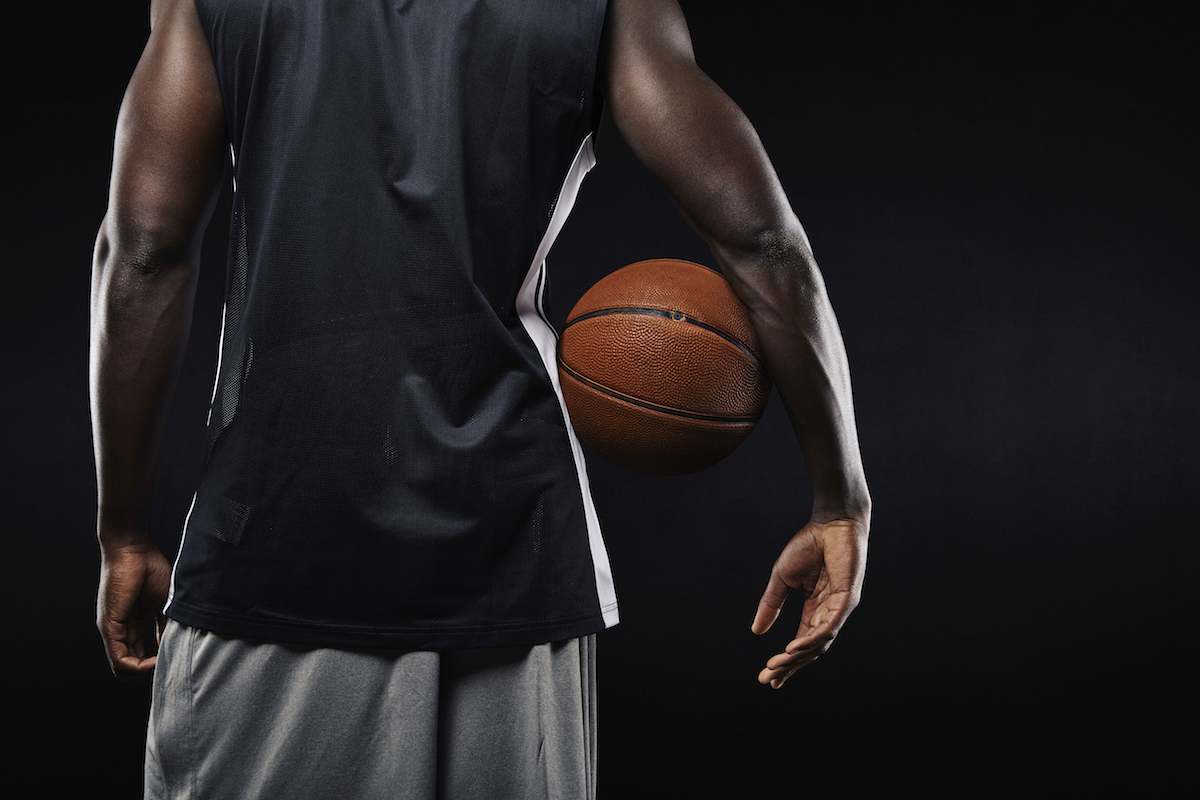In a previous post, I discussed the challenges with using speed training for the training of athletes (see http://www.yourhpservices.com/blog/?p=1265 ). In this post, I discussed the fact that most athletes are not track and field sprinters and that, as coaches, we may be missing the boat with their speed training when we attempt to train athletes like elite sprinters. With this article I’m going to provide some thoughts on what real-world speed training would look like for one type of athlete, basketball players.
When it comes to sprinting, we normally think of the length of a court. In basketball, the court is never going to be longer than 94 feet long and 50 feet wide. For the basketball player, our training focus needs to be on the following:
• Strength
• Hamstrings
• Power
• Speed training of up to 40 yards
• Speed endurance, sort of
• Fundamental agility skills
• Incorporate the ball
Strength:
As I covered in the previous article, strength is important for speed. That means variations of the squat, single-leg work, and hip extension exercises. Besides weight room work, sled work and kettlebell swings will help to develop the ability to apply that force in a horizontal direction (i.e. during sprinting).
Hamstrings:
We don’t need basketball players with strained hamstrings from running down the court. As a result, we need to put a focus on hamstring training. In the weight room this means hip extension exercises. In the field this means exercises like crab walks, marches, and inchworms. It also means sled work.
Power:
The basketball player needs to be able to use that strength that has been developed. In the weight room this is typically done by using variations of the Olympic lifts. It can also be done via bounds, plyometrics, medicine ball throws, and resisted sprints.
Speed training up to 40 yards:
The longest straight-ahead distance that a basketball player is going to run is 94 feet, or a little more than 31 yards. The truth of the matter is that flat out sprints of the entire length of the court are going to be rare, most sprints are going to be of shorter durations and will involve frequent changes of direction. This means that there isn’t a great deal of need to perform sprints that are much longer than 40 yards in training and there should be a focus on 5, 10, and 20 yard sprints in training.
Speed endurance/conditioning:
For a track athlete, the concept of speed endurance means to be able to maintain one’s speed towards the end of the race. It really does not apply to other sports. This is done with a handful of long sprints, with complete recover between each sprint. For example, a 100-meter sprinter might perform three or four 300 or 400 meter sprints with 5-10 minutes between each sprint to train this quality. This is not going to help a basketball player.
A basketball player needs the fitness to be able to chase down a fast break, to execute that fast break, to move around an opponent, and to drive to the basket. In general, using sprints for this type of conditioning is a poor idea – it teaches athletes to sprint slowly with bad form as they become fatigued. This is where metabolic conditioning workouts and small-sided games are essential.
Fundamental agility skills:
Basketball has a number of fundamental agility skills that are unique to this sport. Athletes must be able to shuffle, take the first step explosively, stop on a dime, jump/land/move, execute various cuts, screen opponents, move around defenders, etc. All of these can be incorporated into drills that emphasize the skill, speed training, the ball, and even require the athlete to react to other players.
Incorporate the ball:
Running down the court at full speed while dribbling a basketball is a totally different skill than just running down the court. This is something that has to be practiced. The ball must be incorporated into speed and agility drills, especially as the athlete comes closer to the in-season.



